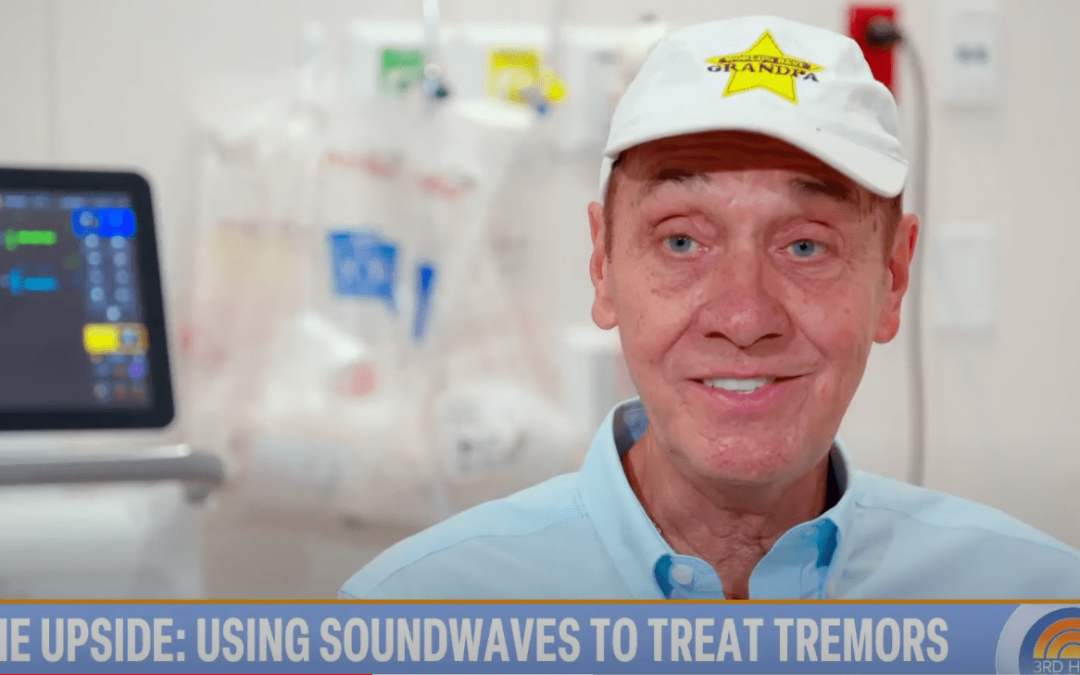What is Chiari Malformation?
What is chiari malformation?
Chiari malformation is a condition where part of the brain extends into the spinal canal. This condition is relatively rare—affecting less than one in 1000 people—and is often asymptomatic. Of the symptoms that do occur, headaches are the most common. While Chiari malformation is something people are born with, in the majority of cases people do not experience symptoms until later in childhood or even adulthood.
The most common type of Chiari malformation is Type 1. The extension of brain tissue into the spinal canal sounds serious, and can be for some patients, but it’s not always true that this condition requires treatment. Severity ranges from person to person, and the symptoms and treatment plan often depend on what type of Chiari malformation is present. The most severe versions of a Chiari malformation is type 2,3 and 4 which are rare pediatric forms.
What are the different types of chiari malformation?
There are four types of Chiari malformation. Chiari Type 1 is by far the most common we see, while Types 2,3 and 4 are uncommon pediatric disorders typically diagnosed at birth.
Type 1
Chiari malformation type 1 is the most common we see in Neurosurgical practice. It occurs when the lower part of the cerebellum extends below the skull base and into the upper spinal canal. The lower brainstem, upper spinal cord and cerebellum are all crowded together at the skull base and therefore will be under some pressure. Pressure on the brain stem, spinal cord and cerebellum is often what leads to symptoms. Those symptoms can include neck pain, frontal or occipital headaches, numbness or tingling in the arms or legs, clumsiness, difficulty with fine motor activity of the hands, imbalance, dizziness, difficulty swallowing, and speech problems.
Type 2
Next most common is Chiari malformation type 2. This type is almost always accompanied by myelomeningocele, a form of spina bifida. Essentially, type 2 entails a greater amount of brain tissue pushing downwards than in type 1. This type of Chiari malformation is often discovered with an ultrasound during pregnancy or shortly after birth. Hydrocephalus is a life-threatening complication that most often coincides with type 2.
Type 3
The third type, then, is Chiari malformation type 3. As mentioned above, this is the most rare and severe presentation of the condition. In many cases, children with type 3 suffer from life-threatening complications that appear right after birth or in early infancy. In this situation, part of the cerebellum or brain stem extends through an opening in the back of the skull that shouldn’t be there. Swelling occurs in the area, and other severe birth defects are often present at the same time.
Type 4
Chiari malformation type 4 (type IV) occurs when the cerebellum is underdeveloped, and the skull and spinal cord may also be partially visible. This condition is present at birth and usually fatal.
What are the symptoms?
Symptoms of Chiari malformation Type 1 can include neck pain, frontal or occipital headaches, numbness or tingling in the arms or legs, clumsiness, imbalance, difficulty with fine motor activity of the hands, dizziness, difficulty swallowing, and speech problems. Importantly, many people with a low grade Type 1 Chiari may have no symptoms at all or minimal symptoms.
What are the surgery options?
Chiari type 1 symptoms arise from crowding of the cerebellum, spinal cord and lower brainstem into one small space. The goal of surgery is to lessen that pressure.
The most common surgery for Chiari Type 1 is called posterior fossa decompression or “suboccipital decompression”. This surgery involves removing a small section of bone in the back of the skull to create more space for the brain tissue. In some patients with a higher severity Chiari type 1 malformation, a small piece of the top cervical vertebra also is removed, to reduce pressure on the spinal cord. Other variables that affect the surgical approach include whether the patient has a syrinx (fluid-filled cavity in the spinal cord) or hydrocephalus (fluid in the brain). Those conditions may require the surgeon to use additional procedures for full treatment.
Chiari decompression surgery is done under general anesthesia. The surgery usually takes 1-3 hours to complete.
When a Chiari malformation surgery is successful, the nerve tissue is decompressed and normal CSF flow is achieved. Patients will usually report significantly improved Chiari symptoms after surgery.
What is the recovery after surgery?
Recovery after Chiari type 1 decompression surgery usually involves 1-3 days in the hospital after the surgery. There may be some neck pain and muscular stiffness that will be treated with pain reducing medications and muscle relaxants. Patients can be out of bed the same day and resume a normal diet once they are fully awake. You can expect 2-3 weeks of some neck discomfort which is controllable using standard medications, as needed. Patients are usually able to resume all normal physical activities within 4-6 weeks of surgery.








